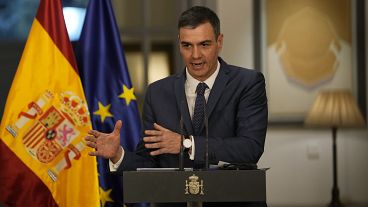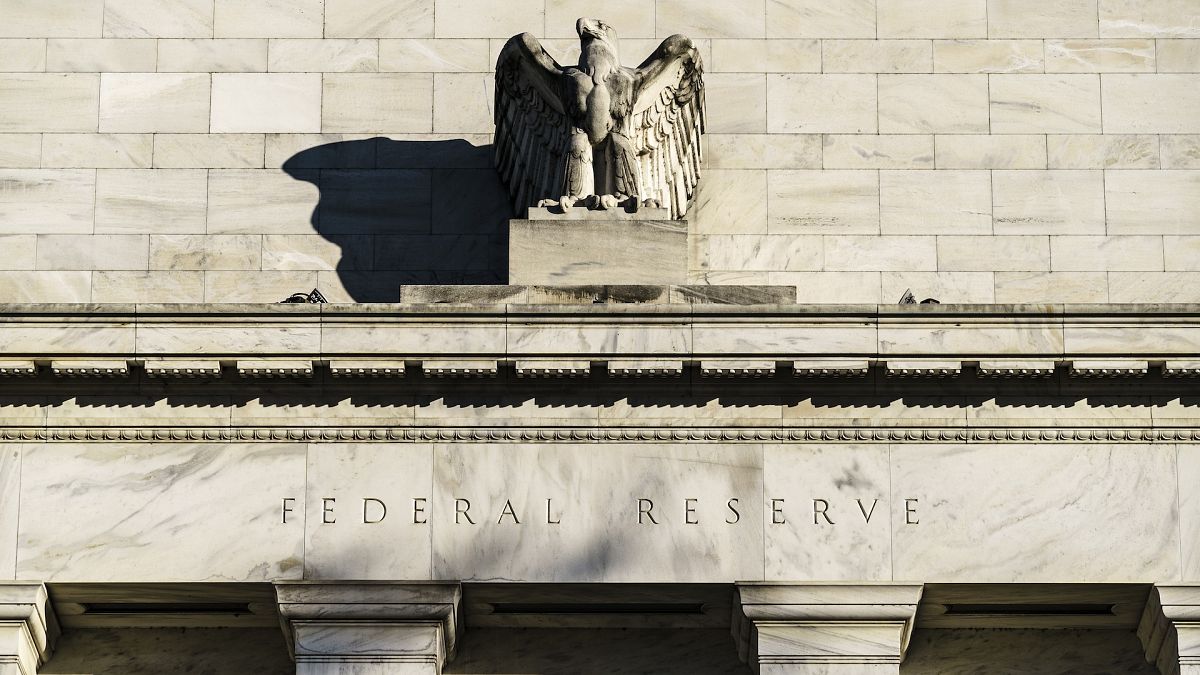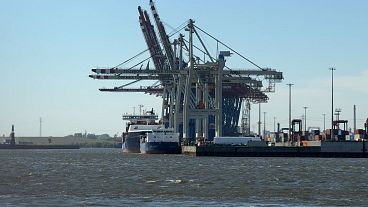Fed holds rates steady at 5.25-5.50%, yet Powell hints at a possible rate cut in September. Treasury yields fall, gold spikes, and US stock indices rally.
Federal Reserve Chairman Jerome Powell signalled on Wednesday that a rate cut could be implemented at the September meeting, expressing optimism about recent progress on inflation.
As widely expected, the US central bank opted to keep rates unchanged for the eighth consecutive meeting in July, maintaining the 23-year high range of 5.25-5.50%.
Yet, Powell revealed that there was a 'real discussion' among policymakers about the possibility of a rate adjustment in July. However, the unanimity ultimately decided to postpone the decision to September.
Economy in better balance, Powell opens the door to rate cuts
“The broad sense of the committee is that the economy is moving closer to the point at which it will be appropriate to reduce our policy rate,” Powell stated during his press conference.
Powell indicated that if economic data continues to align with expectation, “a reduction in our policy rate could be on the table as soon as the next meeting in September.”
The Federal Open Market Committee's statement highlighted continued progress toward the Committee's 2 percent inflation target and noted an increased focus on both aspects of its dual mandate, thus including labour market conditions.
"We don't need to be solely focused on inflation due to the progress we've made," Powell remarked.
"I don't view the current state of the labour market as a likely source of significant inflationary pressures," he added, acknowledging that there are now real downside risks to the employment mandate.
Powell indicated that with the policy rate at 5.3%, the Fed is well-positioned to respond to any economic weakness, although he noted that such weakness is not currently being observed.
Powell also refuted claims that a rate cut close to the election could favour a specific Presidential candidate, emphasising that any Fed decision is apolitical and strictly based on data, economic outlook, and risk assessments.
When asked about a potential 50 basis point cut, Powell clarified that this is not being considered at this time. No decision on the pace and timing of rate cuts has been made, Powell said, adding he could see "everything from zero cuts to several cuts" depending on economic developments.
“The main message from the July FOMC meeting is that the Fed is getting closer to a rate cut, but needs more evidence that inflation is under control before it does,” Bank of America economist Michael Gapen wrote.
Bank of America continues to hold an out-of-consensus view, forecasting the first Fed rate cut in December, believing downside risks to the economy are overstated. However, they acknowledge that a September cut has now moved closer to the baseline.
Treasury yields, dollar fall; gold spikes as traders bet on rate cuts
The policy-sensitive 2-year Treasury yields tumbled by 10 basis points to 4.26% after Powell’s remarks, closing the session at the lowest level since early February 2024.
Market participants have increased their expectations for Fed rate cuts, viewing a September cut as a certainty and even beginning to price in a possible 50-basis point reduction, assigning a 15% probability according to CME Group’s FedWatch tool.
Fed futures now suggest that 78 basis points of cuts are factored in by the end of the year, implying at least three 0.25% rate reductions.
"Consistent with past experience, markets are interpreting Fed Chair Powell’s remarks at his press conference as more dovish than the FOMC statement," economist Mohamed El-Erian stated on X.
A trade-weighted measure of the US dollar fell by 0.4%. The greenback saw a sharp decline against the Japanese yen, dropping 1.8% for the session, due to narrowing rate differentials between the Federal Reserve and the Bank of Japan, which recently raised interest rates.
Gold emerged as a significant beneficiary following the July Fed meeting, with the price of the yellow metal rising by 1.5%.
Wall Street experienced its strongest session since late February, with the S&P 500 and the Nasdaq 100 indices closing up by 1.6% and 3% respectively, driven by a broad-based rally in semiconductor stocks.
Shares of Nvidia Corp. surged 12.8%. Dutch chipmaker ASML Holding gained 9% amid reports that the Biden administration is reconsidering US chip restriction rules to China, potentially granting exemptions to allies from Europe and Japan.
Meta Platforms and Qualcomm Inc. saw their shares rise in aftermarket trading after reporting stronger-than-expected earnings.















